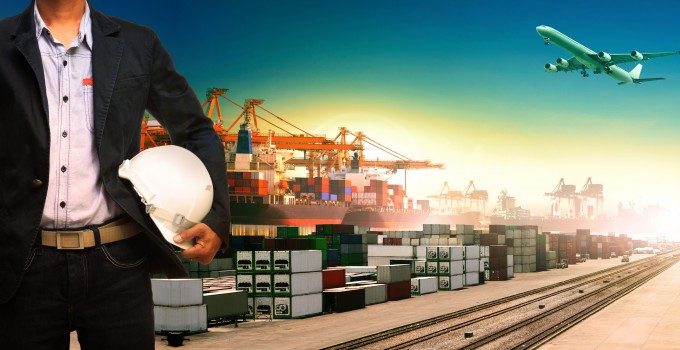Adjustors sharpen pencils on rumours Dali owner called General Average
Cargo stakeholders affected by the incident at Francis Scott Key Bridge could be required to pay security ...
ZIM: UNDERLYING PERFORMANCEZIM: UNDERWHELMING TGT: HAMMERED LOW: TRADING UPDATEHD: TARIFF IMPACTPLD: BEST PERFORMER ON SELL-SIDE BULLISHNESSZIM: TRADING UPDATECHRW: INSIDER SELLS STOCKCHRW: NEW RECORDHD: SIZE MATTERSHD: EARNINGS IN LINE FWRD: BIDS COMING IN SOONDHL: NEW APPOINTMENTHD: TRADING UPDATEAAPL: SOURCING
ZIM: UNDERLYING PERFORMANCEZIM: UNDERWHELMING TGT: HAMMERED LOW: TRADING UPDATEHD: TARIFF IMPACTPLD: BEST PERFORMER ON SELL-SIDE BULLISHNESSZIM: TRADING UPDATECHRW: INSIDER SELLS STOCKCHRW: NEW RECORDHD: SIZE MATTERSHD: EARNINGS IN LINE FWRD: BIDS COMING IN SOONDHL: NEW APPOINTMENTHD: TRADING UPDATEAAPL: SOURCING

General Average is an insurance concept that might make a lot of sense to shipowners, the old salts that crew their vessels and the men of London’s Square Mile who insure it all – but for the thousands of freight forwarders that fill the slots of the world’s box fleet, it is mostly arcane and confusing. All they know is that once General Average is declared you might as well get on with something else, because whatever cargo you had booked aboard a ship involved in a casualty, it won’t be seen for months.
Why? Because while in olden days there were a limited number of cargo owners per vessel, on today’s containerships there can be thousands.
This piece from a Singapore-based claims correspondent is a really useful guide for anyone confused by General Average: “Since there are so many interests, it not only becomes difficult to manage a General Average situation but also there would be substantial costs which may be incurred for the collections of securities from the various interests.” .


Comment on this article